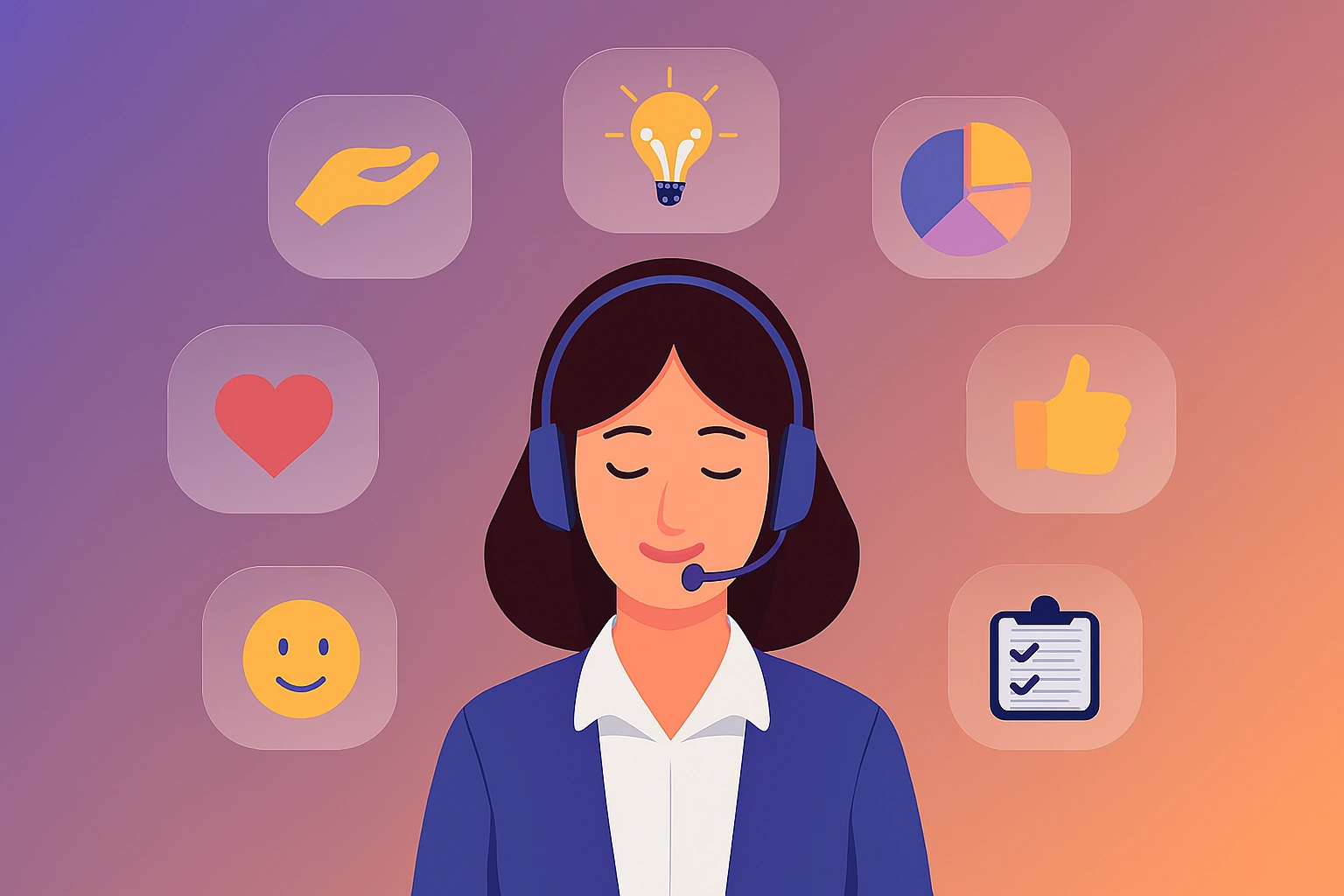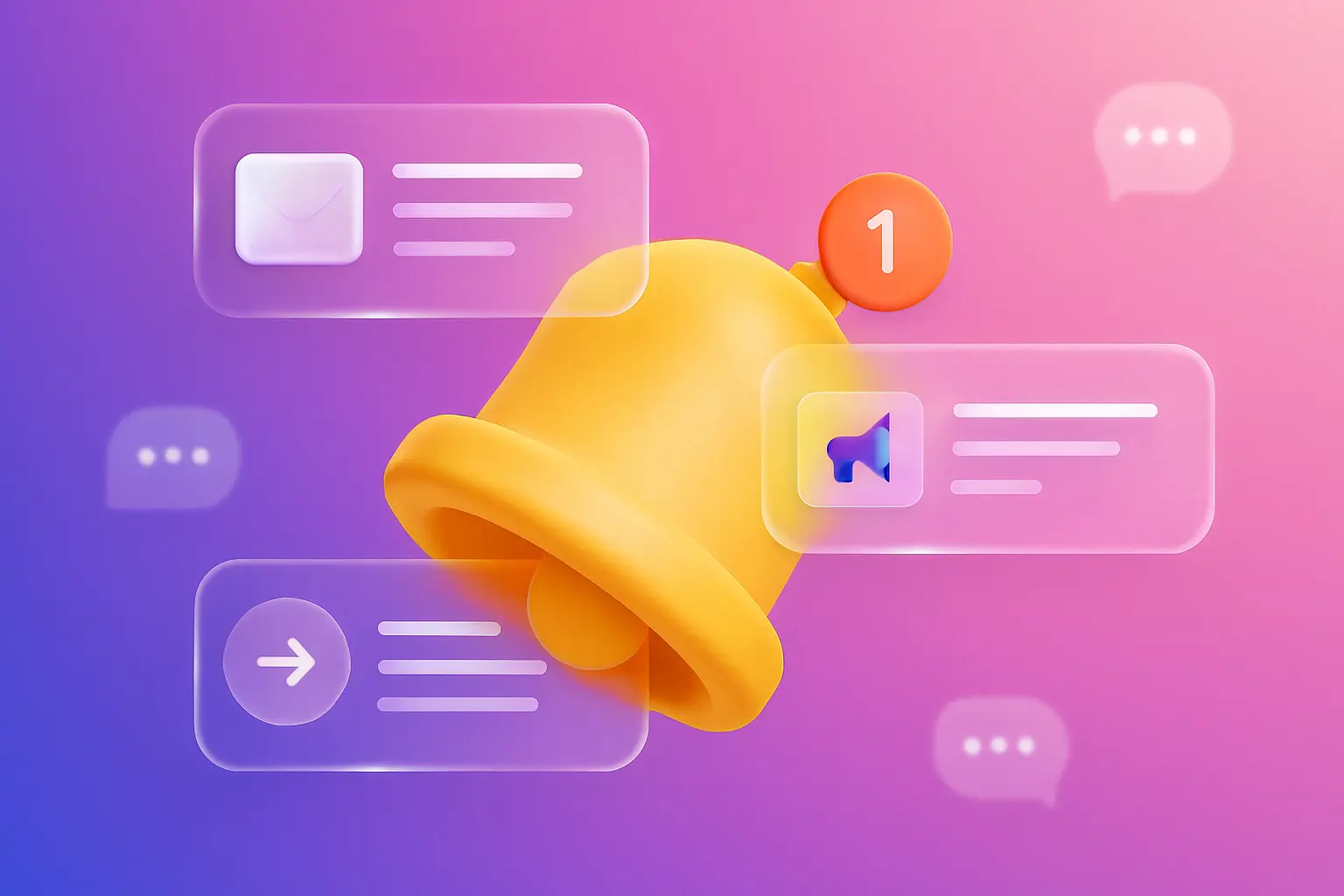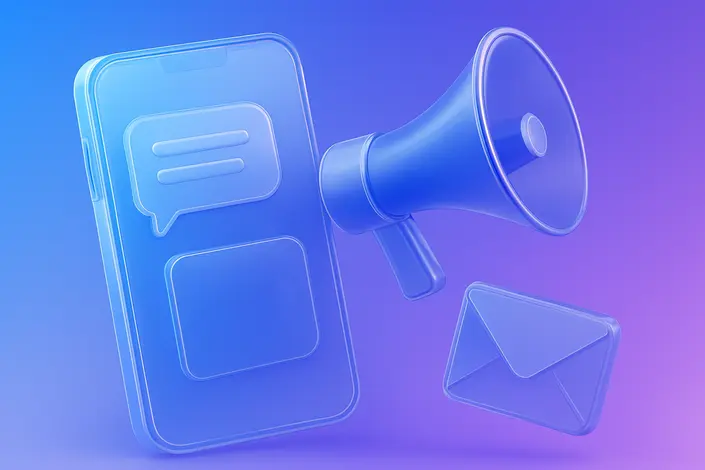Customer Support Vs Customer Service – Differences and Examples
- September 7, 2025
- 14 mins read
- Listen
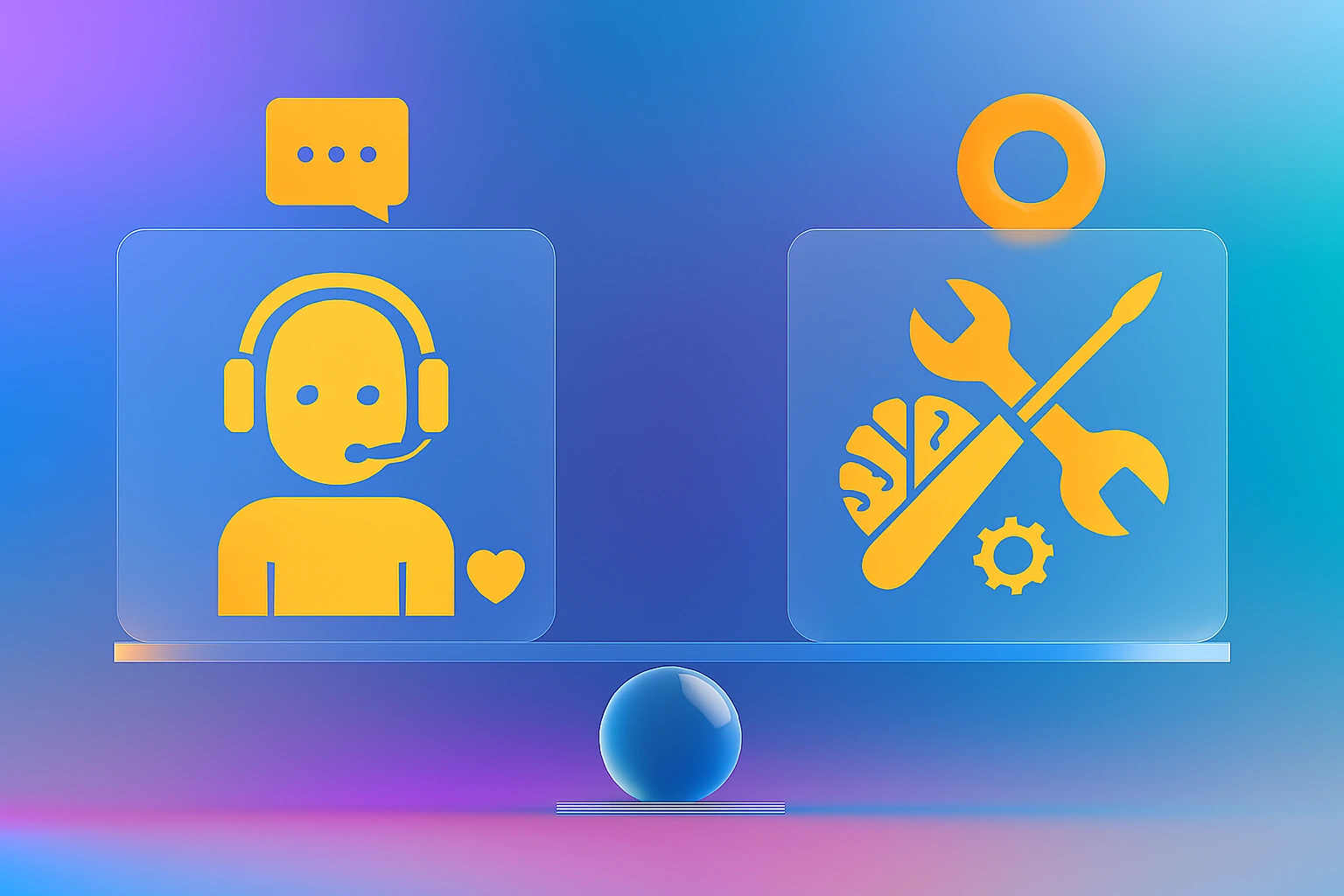
When it comes to keeping customers happy, two terms often pop up: customer support and customer service. At first glance, they might sound like fancy ways of saying the same thing. But look closer, and you will see they each play a very different and equally important role in shaping the customer journey.
While customer service focuses on guiding, delighting, and building relationships with customers throughout their journey, customer support is there to resolve their urgent problems and get them back on track as quickly as possible.
Businesses today often blur the lines between these two roles, but understanding their differences is very important to deliver a truly exceptional customer experience. Keep reading this article to know more about it.
What is Customer Service?
Customer service is all about taking care of customers at every stage, from before they make a purchase to after they have made a purchase. It covers a wide range of support and focuses on making customers feel important, heard, and happy throughout their entire experience with your brand.
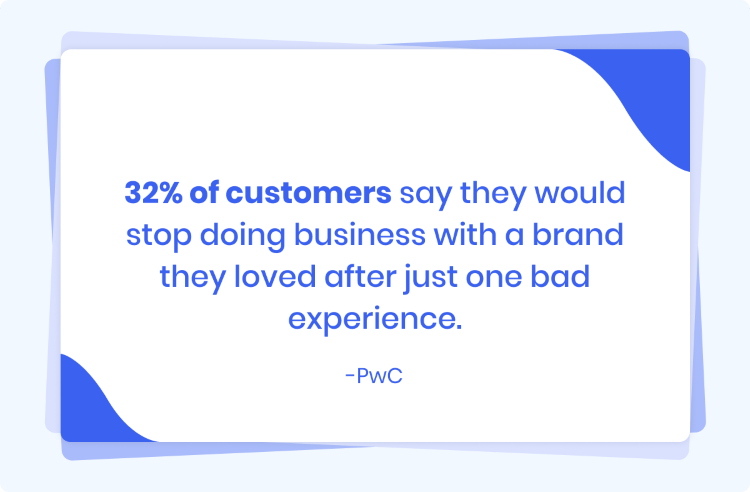
The key components of customer service include –
- Communication: Effective communication is the key pillar of a successful customer service strategy.
- Responsiveness: Responding to customer needs in a prompt and timely manner is essential for addressing their problems and enhancing their overall experience with the business.
- Professionalism: Maintaining professionalism in all conversations and interactions with customers is important for creating a positive experience and establishing credibility.
- Product Knowledge: Businesses should invest in continuous training and development for their customer-facing employees so that they gain a solid knowledge of the products, services, and processes.
- Empathy: Handling customers and responding to them with a touch of empathy is a must-have service quality that employees should possess.
What is Customer Support?
Customer support, on the other hand, is more focused and usually steps in when something goes wrong. It’s the team customers reach out to when they have a problem with a product or service. Their main job is to figure out what’s wrong and fix it.
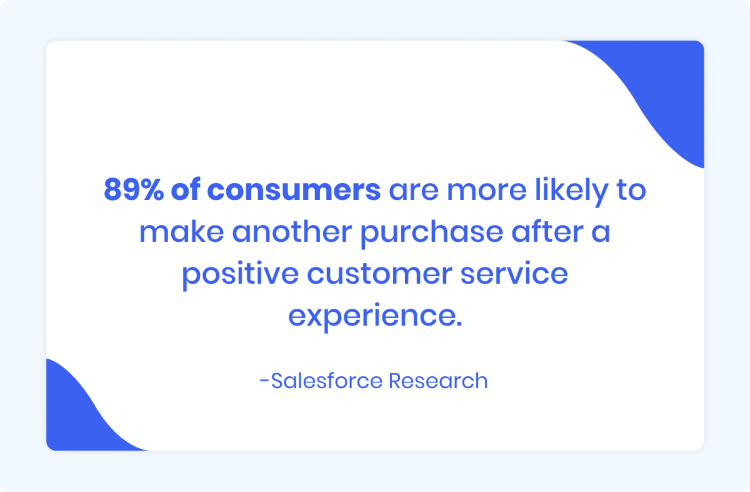
The key components of customer service include –
- Communication and availability across channels – Effectively communicating with customers and staying available across channels such as phone, live chat, email, and social media is a vital aspect of ensuring help as and when needed.
- Extensive product knowledge – The foundation of great support is built on the platform of extensive knowledge of the product, service, and procedures as only this can enable effective assistance with accuracy.
- Problem-solving approach – Customers need assistance when they face issues with the product and service. Support teams must possess a problem-solving attitude to offer solutions that satisfy customers and increase their experience with the brand.
- Continuous Improvement – Great support becomes possible only when a business invests in the training and development of employees and encourages them to improve on the processes, techniques, and tools.
Customer service vs Customer Support: key differences
Customer service and customer support are often used as if they mean the same thing, but they actually focus on different parts of helping customers. They may be related in various ways, but there are some marked differences between the two concepts. Let’s look into the differences closely!
1. The primary focus
Customer service is a broad term. It covers all interactions where a company helps customers before, during, and after they buy something. The main goal is to make customers happy, build strong relationships, and create a positive experience. For example, helping a customer choose the right product, answering questions about a return policy, or guiding them on how to use a service — all of this is customer service.
Customer support, on the other hand, is more specific. It usually happens when customers reach out to the support team to fix a problem or get technical help. The focus here is on troubleshooting and solving issues as quickly and effectively as possible.
2. Proactive vs reactive
Customer service is often proactive. This means the team tries to help customers before they even run into problems. For example, a store employee might offer help to someone who is browsing their collection, or an online chat agent might check in with a website visitor to see if he has questions.
Customer support is usually reactive, which means the team steps in after a problem has happened. For example, when a customer calls your support team because his product isn’t working and the support team’s job is to fix that issue as quickly as possible.
3. From start to finish vs. stepping in when needed
Customer service helps customers throughout their entire journey, from the moment they start looking for a product until after they make a purchase. This can include helping them choose the right products, answering questions, and making sure they are happy with what they bought. It’s all about creating a smooth and positive overall experience.
Customer support, on the other hand, only steps in when there’s a problem. Customers reach out to support when something goes wrong, like if they can’t complete checkout or if a product isn’t working as expected. In simple words, customer support is there to fix specific issues, not guide the whole experience.
4. Different communication styles
Customer service teams usually use a warm and friendly style when talking to customers. Their goal is to make people feel welcome and cared for. They focus on building a personal connection and making the overall experience enjoyable.
For example, a customer service person might say:
“Hi! Just checking in. Do you need help finding the right size or color? I’m here to make your shopping easy and fun!”
Customer support teams, on the other hand, use a more direct and technical style. Their main goal is to solve problems quickly and clearly, so they get straight to the point.
For example, a customer support person might say:
“I’ve checked your order status, and it should arrive by tomorrow. Please let me know if you don’t receive it.”
5. General know-it-alls vs. product experts
Customer service reps have a detailed understanding of the company. They know about the products or services, company policies, and how everything works overall. Their main goal is to guide customers, answer general questions, and make sure people get the most value from what they buy.
Customer support agents, on the other hand, are product or tech experts. They have deep, detailed knowledge about the company’s products and can help fix technical issues or answer very specific product-related questions.
6. Different job responsibilities
The daily work of customer service and customer support teams is quite different.
Customer service focuses on building good relationships. They help with things like recommending products, welcoming new customers (onboarding), and answering general questions. Their job is broad- one moment they might be giving shopping tips, and the next, helping solve a small problem. They need to be flexible and ready to handle all parts of the customer journey.
Customer support reps spend most of their days solving technical issues. This might include fixing software bugs, helping when a feature stops working, or solving some API errors. Their strength is in their deep technical skills and accuracy.
7. Different metrics they track
Customer service teams focus on metrics that measure overall customer happiness and experience. They want to know if customers have a good experience with the company and want to keep coming back. Some common metrics they look at include:
- Customer Satisfaction Score (CSAT): How happy customers are after an interaction.
- Net Promoter Score (NPS): It is a metric that measures how likely customers are to recommend your company, product, or service to others.
- Customer retention rate: It measures the percentage of customers a company retains over a certain period of time.
Customer support teams, on the other hand, focus on how quickly and effectively they solve problems. They track more technical, efficiency-based metrics like:
- First response time: How fast they reply to a customer’s first message.
- Resolution time: How long it takes to fully solve a problem.
- First contact resolution rate: How often they fix the issue in one interaction.
- Ticket volume: The number of issues they handle over a period of time.
| Aspect | Customer service | Customer support |
| Primary focus | Main focus is on helping customers before, during, and after purchase; aims to build strong relationships and positive experiences. | Main focus is on troubleshooting and fixing problems, provides technical help when issues arise. |
| Proactive vs reactive | Often proactive, offers help to customers even before issues arise | Usually reactive, steps in after a problem occurs to resolve it quickly. |
| Customer journey | Supports customers throughout their entire journey from product discovery to post-purchase follow-up. | Steps in only when there’s a problem, focuses on fixing specific issues rather than guiding the whole journey. |
| Communication style | Warm, friendly, and welcoming, builds personal connection and makes customers feel cared and valued. | Direct, clear, and professional, focuses on solving problems efficiently. |
| Knowledge scope | Customer service reps have a broad knowledge of products, services, and policies, guide and support customers in various ways. | Specialists with deep, technical product knowledge, solve complex product or technical issues. |
| Job responsibilities | Relationship-building tasks: product recommendations, onboarding, answering general questions, and improving overall customer happiness. | Technical problem-solving tasks: fixing bugs, resolving errors, troubleshooting technical issues. |
| Metrics tracked | Measures customer experience and satisfaction metrics like: CSAT (Customer Satisfaction Score), NPS (Net Promoter Score), customer retention rate. | Measures efficiency and resolution time of support reps through metrics like: first response time, resolution time, first contact resolution rate, ticket volume etc. |
Tips for providing great customer service and support
Nowadays, customers have endless options to choose from and high expectations. What makes them stick to a brand isn’t just the product or price; it’s the overall experience they have with the business. Great customer service and support can turn a frustrated customer into a loyal fan and even inspire them to recommend your business to others. Here are some simple but powerful tips to deliver excellent customer service and support!
1. Listen actively
Give customers your full attention. Don’t interrupt or jump to conclusions. Let them explain their situation completely before you respond, and use phrases like “I understand” or “That sounds frustrating” to show you’re really listening.
2. Set clear values and build a solid game plan
To deliver great customer service and support, all your team members need to be on the same page. Without a shared approach, your service can feel scattered and inconsistent.
Start by defining the core values that will guide every interaction. Next, create a guide that lays out your processes and standards. This can include step-by-step instructions for handling common issues, creating help content, and gathering customer feedback.
Having a well-defined philosophy and a solid process ensures that every team member knows exactly how to support customers in a consistent, reliable way.
3. Equip your team with the right tools
Your customer service team will not be able to deliver amazing support without the right tools. The right software makes it easier for them to help customers quickly and effectively.
For example, if your team is handling a technical issue, they might need features like screen sharing or co-browsing to guide customers step by step. A customer database is also helpful in that it lets agents easily access each customer’s history and solve issues faster.
This is where REVE Chat can make a big difference. It offers a complete customer communication platform with live chat, video and voice calls, screen sharing, co-browsing, and even chatbot support. It helps your team connect with customers in real-time, provide personalized assistance, and solve problems more smoothly — all in one place. To know more about its unique features you can SIGN UP for its 14 day free trial.
4. Make your communication simple and honest
Clear communication is key to building trust with customers. If your messages are confusing or too technical, customers can easily feel lost or frustrated, and that can hurt your brand’s reputation.
Avoid using complicated terms or industry jargon. Instead, use simple, everyday words that everyone can understand. Also, try not to overload customers with too much information at once.
Being clear also means being honest. If you don’t know the answer to a question, it’s okay to say so. Let the customer know you will find out and get back to them as soon as possible. This kind of transparency demonstrates that you care about providing them with the right information, not just any answer.
5. Hire people with the right attitude and skills
Not everyone is a good fit for customer service or support roles. These jobs require special qualities because they involve working directly with customers and handling a wide range of situations.
When hiring, look for people who are patient, kind, and good at understanding others’ feelings. They should also be great at solving problems and staying calm under pressure. Choosing candidates with strong communication skills and emotional intelligence will help ensure your team can handle tough situations and keep customers happy.
Good Examples of Customer Support and Customer Service
1. Tesla
Convenience to customers should always be a top priority for any business when it comes to offering service and support. While many companies preach this motto and ignore the groundwork, Tesla is an exception. The company meets its customers where they are by going to their homes and fixing issues with their cars. This saves customers the inconvenience of finding a repair shop and sitting around till their car is repaired. They can rather schedule their own time and this greatly adds to their overall experience with the brand.
2. Zappos
Customers always expect companies to listen to their problems and respond to their emails. This makes them feel heard and valued. While many companies understand the value of instant reply to customers, only a handful of them really walk the talk. Zappos is one such company that takes customer emails very seriously and responds to each and every one of them. In some cases, it even goes beyond the norm and invites its loyal customers to have a factory tour and see the facilities there.
3. Amazon
When a company has reached the top of the industry, it means it must have prioritized customers above all. Amazon is such an example that has set the standard for customer support. The best thing about the world’s largest e-commerce retailer is that they provide various support channels including phone, live chat, and email. Apart, the company takes customer problems very seriously and tries to resolve issues immediately whether it’s related to a return, missing package, or a faulty product.
4. Apple
Apple has been providing exceptional customer support for a long and this is one of the main reasons why has won a huge dedicated customer base that others can just match. It offers tech support through its “Genius Bar” in Apple Stores and lets customers use chat and phone for online support. Its unwavering focus on the customer experience, together with the quality of support it provides, puts it way above the rest across industries.
Use REVE Chat’s Engagement Tools For Quality Customer Service
Your business needs the right technology and tools at your disposal to boost the quality of support and service. With REVE Chat, you will find a top-class range of engagement tools suited to meeting customer experience needs.
Our AI-powered chatbots can help you automate a variety of customer service tasks, automate responses and boost response time. With a bot, the delivery of customer service can be prompt and efficient.
Other helpful tools that can add great value to your overall customer service strategy include video chat software and co-browsing software. You can also pair the chatbot with live chat software and deliver hybrid support.
Wrapping Up!
While customer service and customer support are often used interchangeably, they each play a unique and important role in building a strong relationship with your customers. Customer service is all about guiding, delighting, and creating a positive overall experience. On the other hand, customer support steps in when something goes wrong, solving specific problems and keeping things running smoothly.
In reality, the best businesses don’t choose one over the other — they focus on both. By blending proactive, relationship-driven service with reactive, solution-focused support, you create a complete customer experience that keeps people coming back.
At the end of the day, whether you are offering customer service or support, the goal is the same: to make your customers feel heard, valued, and cared for. Mastering both is the secret to turning happy customers into loyal fans.


